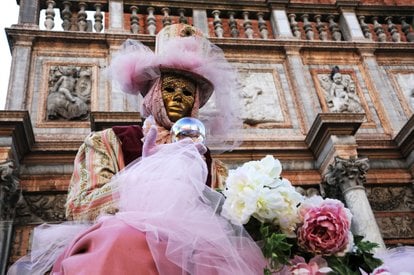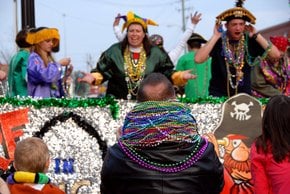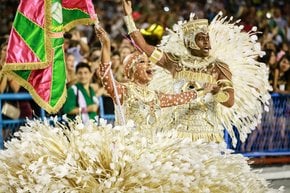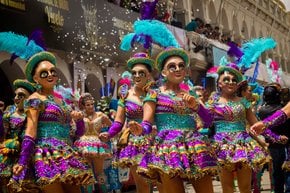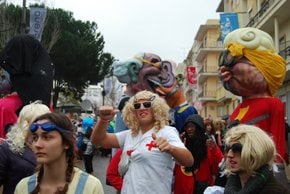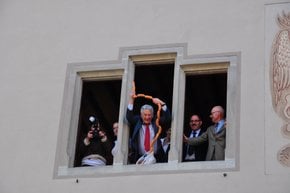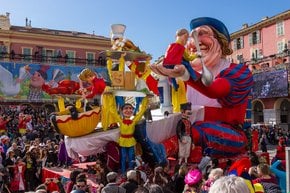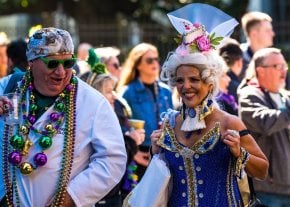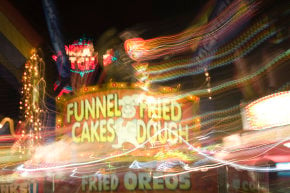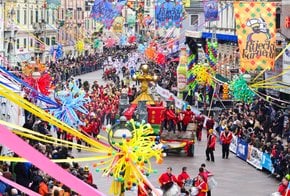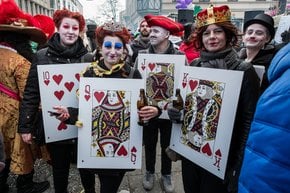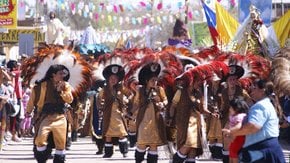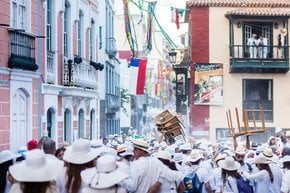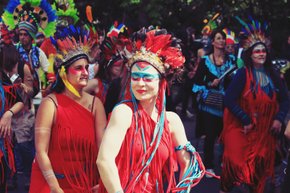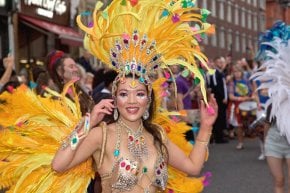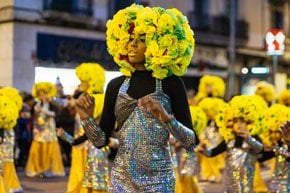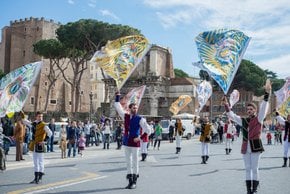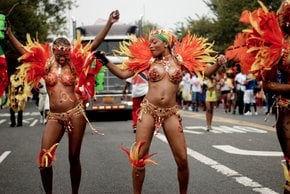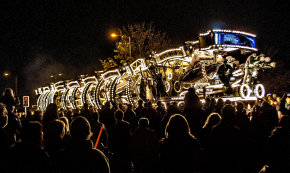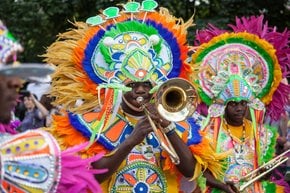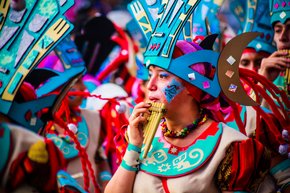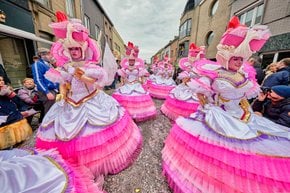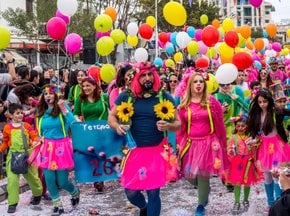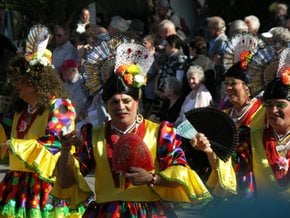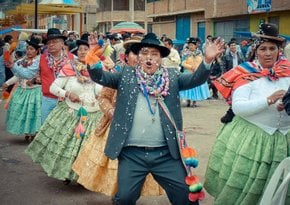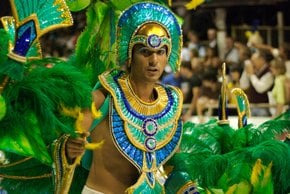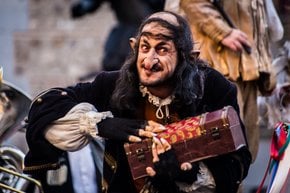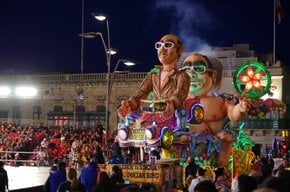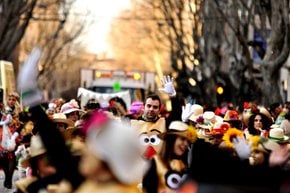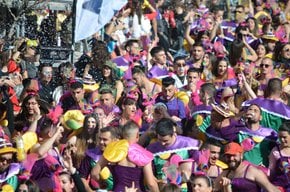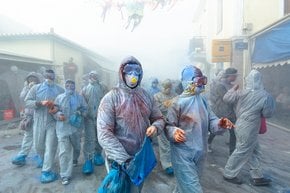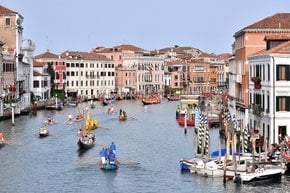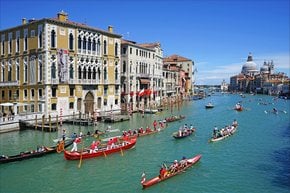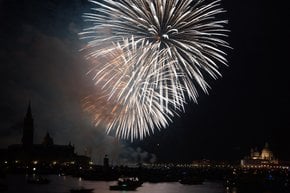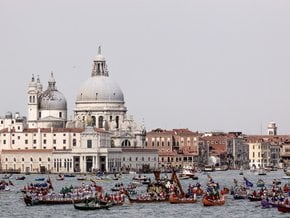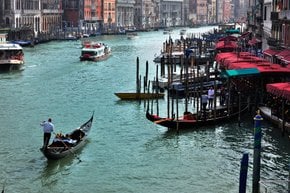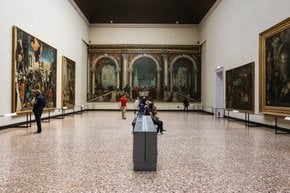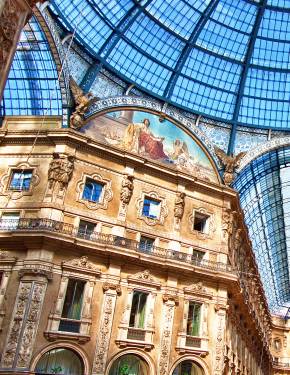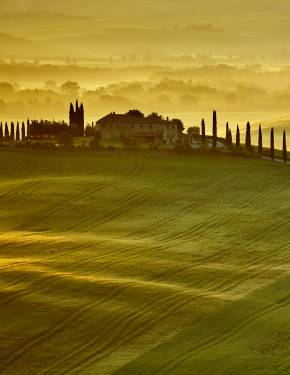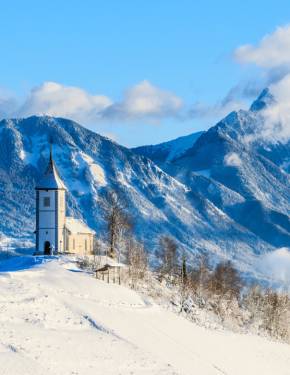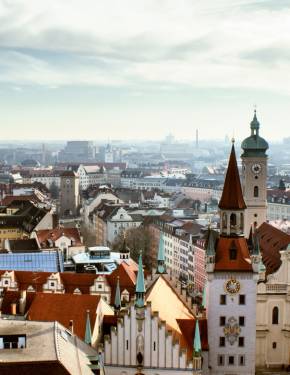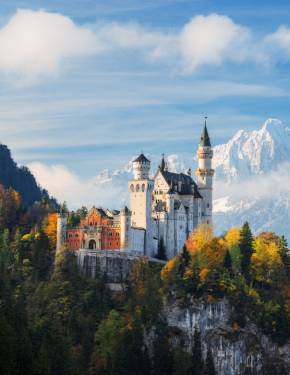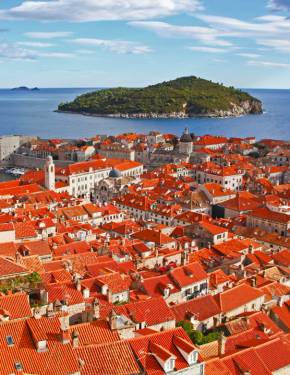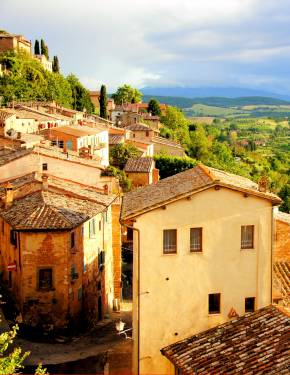Carnevale di Venezia 2025 in Venice
A party that simply can't be missed
Dates: February 14–March 4, 2025
Every year in February, the Carnevale di Venezia turns modern-day Venice into a grand, two-week masquerade where residents and tourists alike become part of an enchanting spectacle. The streets fill with kings, queens, knights, and noblemen as almost everyone dons elaborate costumes and masks. The festival is renowned worldwide for its dazzling displays and lively atmosphere. Revelers enjoy days of feasting, wine, and celebrations until the Carnival concludes on Shrove Tuesday (Martedì Grasso), marking the day before Lent begins on Ash Wednesday.
Events
The *Carnevale di Venezia* features an array of captivating events. Historical re-enactments like “The Silk Road Between the Baroque and the East” in Piazza San Marco showcase traditional 18th-century dances. Spectacular water shows, such as "Terra incognita. The extraordinary journey of Marco," bring Marco Polo’s adventures to life at the Arsenal. Daily street performances with music, dance, and interactive acts fill Piazza San Marco, Mestre, and Lido. The "Arsenal Carnival Experience" hosts grand thematic parties with DJs and performances late into the night. International highlights include the traditional Chinese parade with dragon and lion dances celebrating the Chinese New Year.
The Dinner Show (February 22–23, February 27–March 4th, 2025)
The Dinner Show at Ca' Vendramin Calergi invites guests to immerse themselves in the magic of the Carnival's exclusive masquerade ball. Adorn your finest period or themed costume and join the revelry in the opulent halls overlooking the Grand Canal. Surrounded by exquisite attire and captivating performances, attendees enjoy a luxurious feast and, for one night, embrace the enchantment of hidden desires and whimsical fantasies. The dress code requires period or themed costumes—no evening dresses or tuxedos allowed. Entry is restricted to those 18 and older.
The Feast of the Maries
In the weeks before Carnival, a selection is held to choose twelve young local beauties, known as the Maries, who will lead a grand procession. The festival typically starts on the afternoon of the first Saturday of Carnival, with the Maries and a procession of bridesmaids, flag-wavers, musicians, and costumed figures marching from the church of San Pietro di Castello to Piazza San Marco, surrounded by a lively crowd of masks and tourists. The celebration concludes in Piazza San Marco at the end of Carnival, where the Maries parade once more before the winner, the "Maria of the Year," is officially crowned and awarded a significant prize.
The Flight of the Angel
In the mid-16th century, a remarkable event during the Venetian Carnival captured the city's attention: a young Turkish acrobat walked a long rope stretched from a boat at the dock of the Piazzetta to the bell tower of San Marco. Using only a balance pole, he amazed the crowd below and descended to the Doge's Palace balcony to pay homage to the Doge. This spectacle, named Svolo del turco, became an annual tradition, evolving in form over the years. In modern times, this event has been revived as the Flight of the Angel, performed at midday on the first Sunday of Carnival to mark its official opening.
Carnival Masks
The Venetian Carnival is famous for its ornate masks, which allowed participants to enjoy anonymity. Maskmakers, or mascherari, were highly regarded, forming guilds as early as 1436. Initially simple, the masks evolved into elaborate pieces adorned with gold and gems. Key styles include the bauta, covering the full face for speech; the decorative half-mask Colombina; and the Medico della Peste, originally used for plague prevention. The moretta was worn by women in silence, while the volto, a full-face mask, remains popular. Each mask reflects Venice’s rich history, blending art and social tradition.
History of Carnevale di Venezia
The Carnival traces its origins to the Middle Ages, existing for several centuries until it was abolished in 1797. The tradition was revived in 1979, and the modern event now attracts approximately 3 million visitors annually.
Carnivals in Italy
Italy’s “Carnevale” season is celebrated with lively parades, colorful masks, and extravagant floats leading up to Lent. The Viareggio Carnival in Tuscany showcases massive paper-mâché puppets and parades, while Ivrea’s Carnival includes a historic orange-throwing battle. Cento Carnival in Ferrara spans five Sundays, featuring car parades and comic-themed events, ending with a traditional mask-burning. In Puglia, Putignano’s Carnival—Italy’s oldest—begins in December, featuring satirical performances, themed Thursdays, and a grand funeral procession on Shrove Tuesday, signaling the season’s end.

